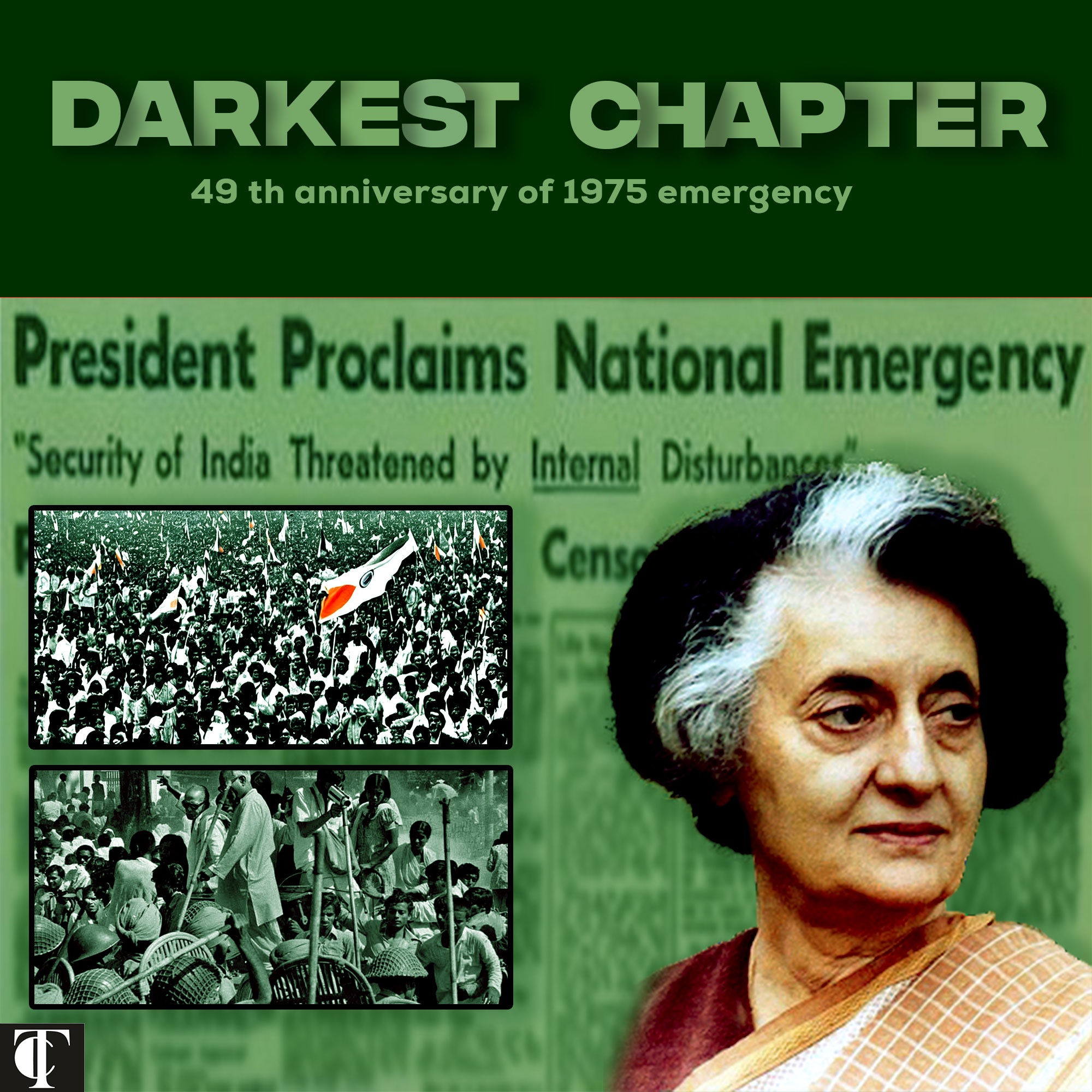


IN SHORT
- Emergency declared on June 25, 1975, lasted until March 21, 1977.
- Around 200 journalists, including foreign correspondents, were arrested.Newspapers were not published for two days due to media censorship.
- Indian Express and other newspapers protested by running blank editorials.
- International media, including The New York Times and TIME magazine, covered the event extensively.
- Indira Gandhi faced international pressure and sent cables to world leaders to justify her actions.
One of the darkest chapter in Indian history began on June 25, 1975, when then-President Fakhruddin Ali Ahmed, acting on Prime Minister Indira Gandhi’s suggestion, declared a state of emergency. Severe limitations on civil freedoms were implemented during this time, which included the imprisonment of some 200 journalists and the enforcement of strict press control.
The administration launched an immediate and harsh attack on the media. After two days without publication, numerous newspapers created methods to express their disapproval of the restrictions. Famously, on June 28, Ramnath Goenka’s Indian Express published a blank editorial as a sign of opposition. Despite the limitations, some newspapers, like The Statesman and The Hindu, managed to report on the situation.
The foreign media took note of the declaration of emergency. On June 27, 1975, the event was covered by the New York Times with the headline “A Shift by India.”. The July issue of TIME magazine had a piece headlined “INDIA: Indira Gandhi’s Dictatorship Digs In,” which discussed the emergency’s broader implications and harsh press suppression.
As criticism from around the world grew, Indira Gandhi moved to defend her actions. She issued individual cables explaining her justifications for declaring a state of emergency to international leaders on June 27, 1975. Her communications advisor, HY Sharada Prasad, and secretary, PN Dhar, worked together to produce these statements as part of her attempt to control views throughout the world.
The Emergency era is still a darkest chapter in Indian history. The response of the media, both local and foreign, was vital in exposing and condemning the acts of the government and highlighting the value of press freedom in a democracy.
READ ALSO : Chang’e-6 Mission Brings Nearly Two Kilograms of Lunar Samples from Moon’s Far Side